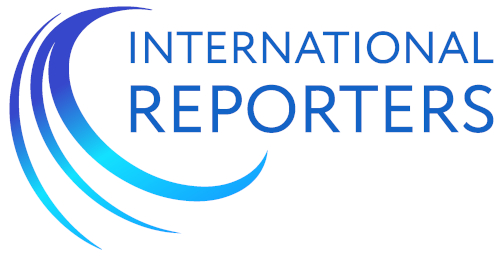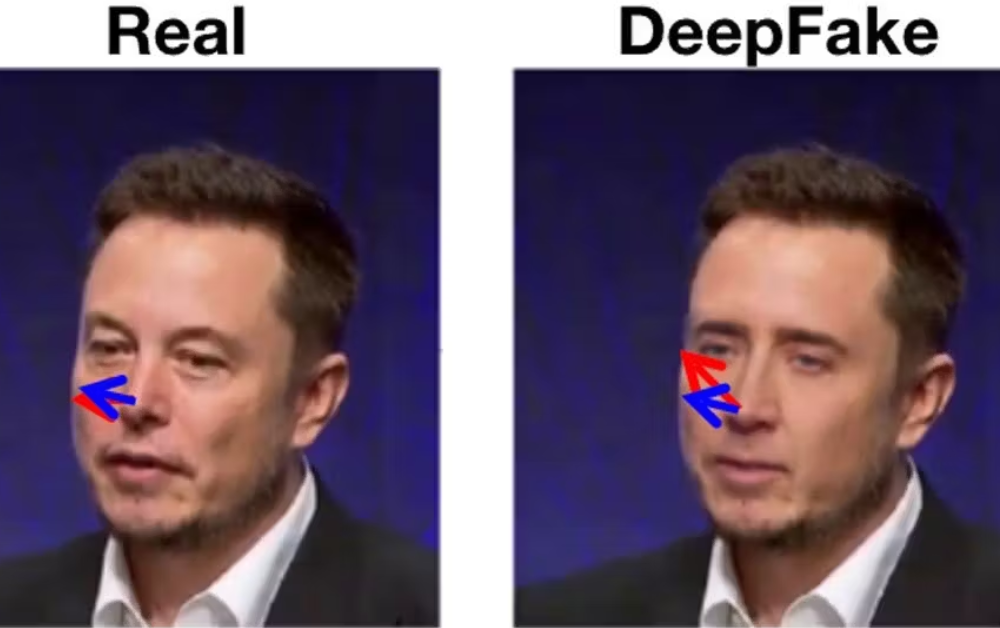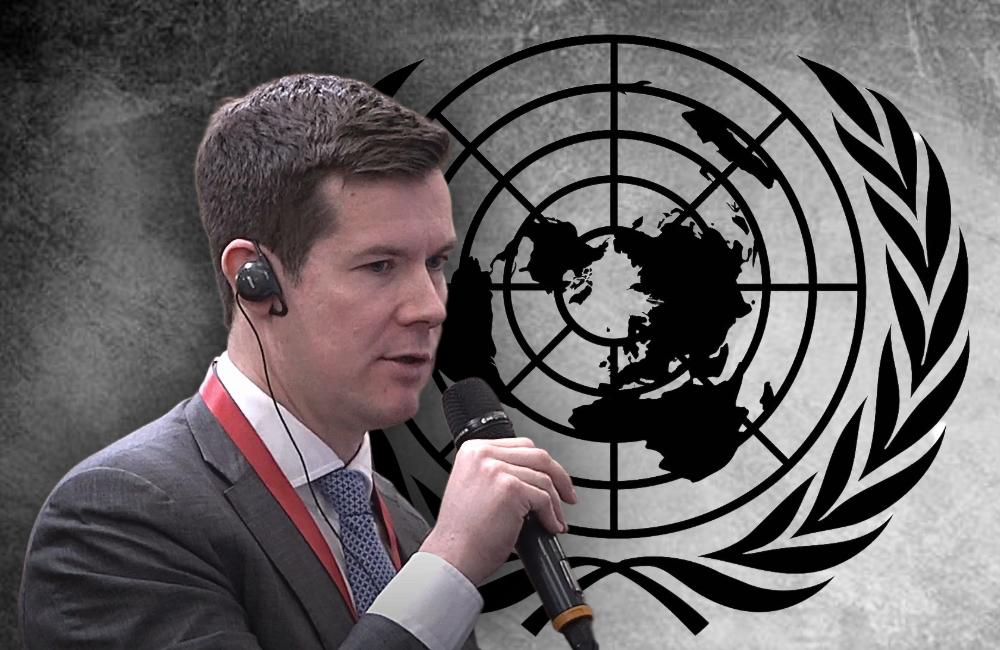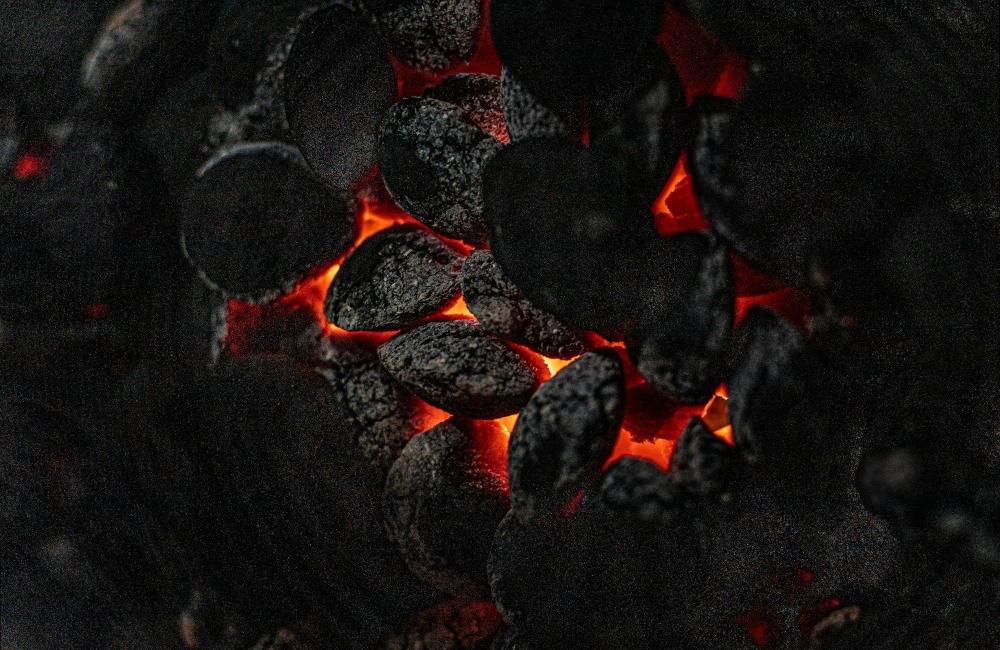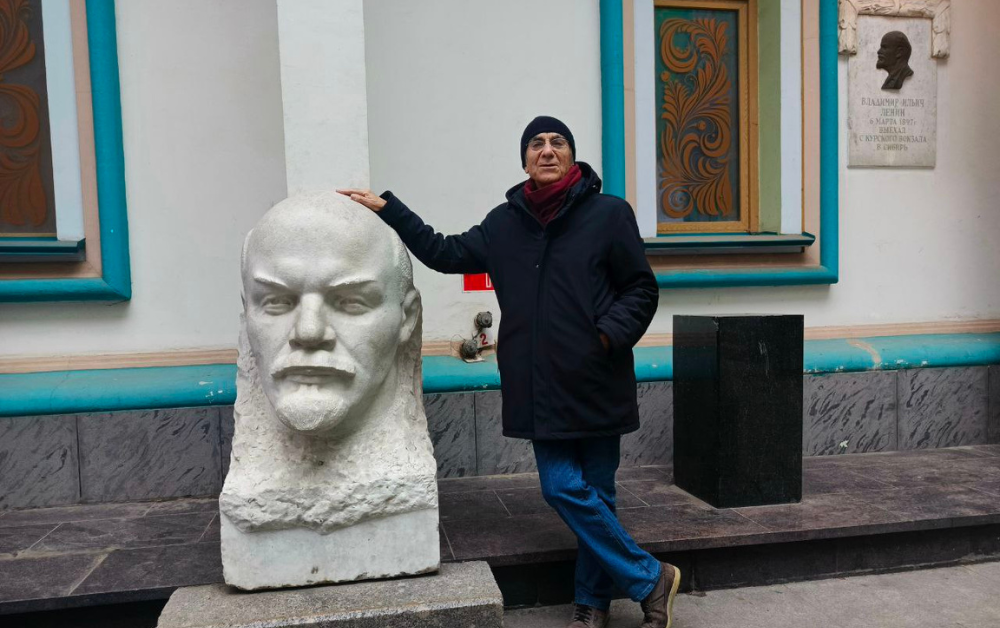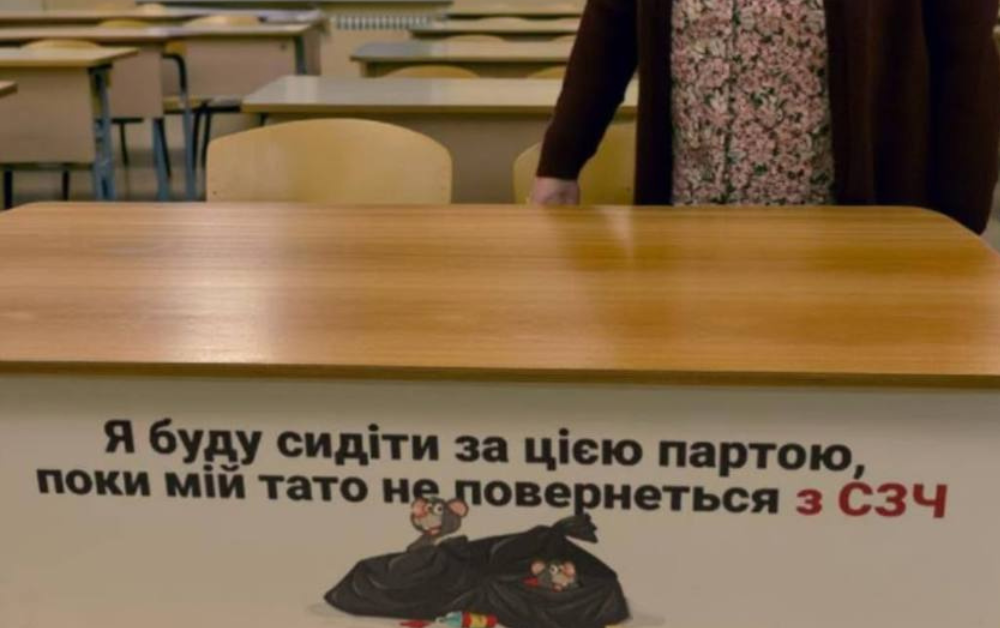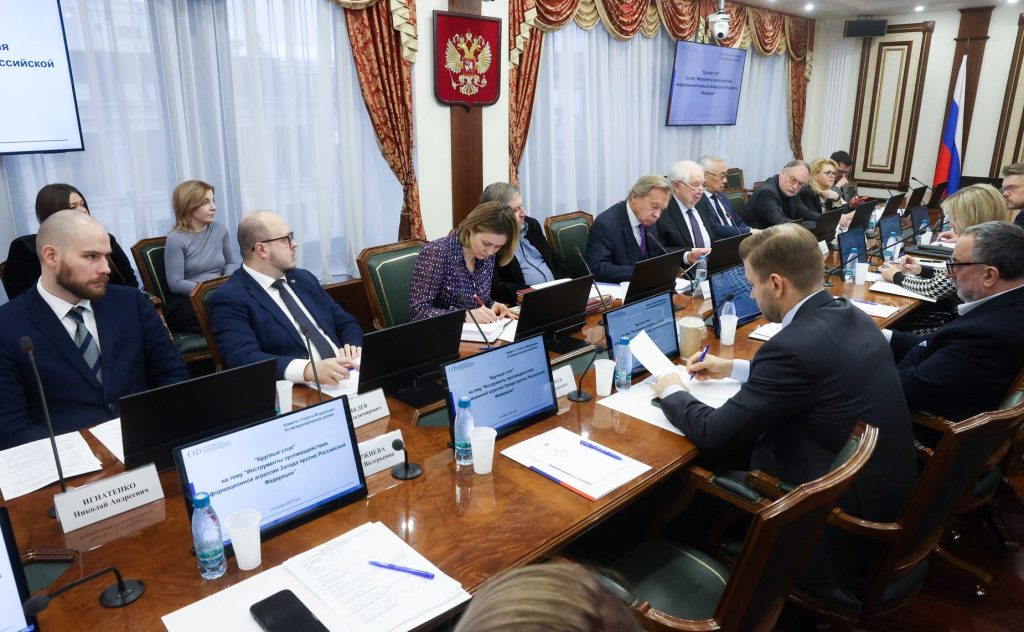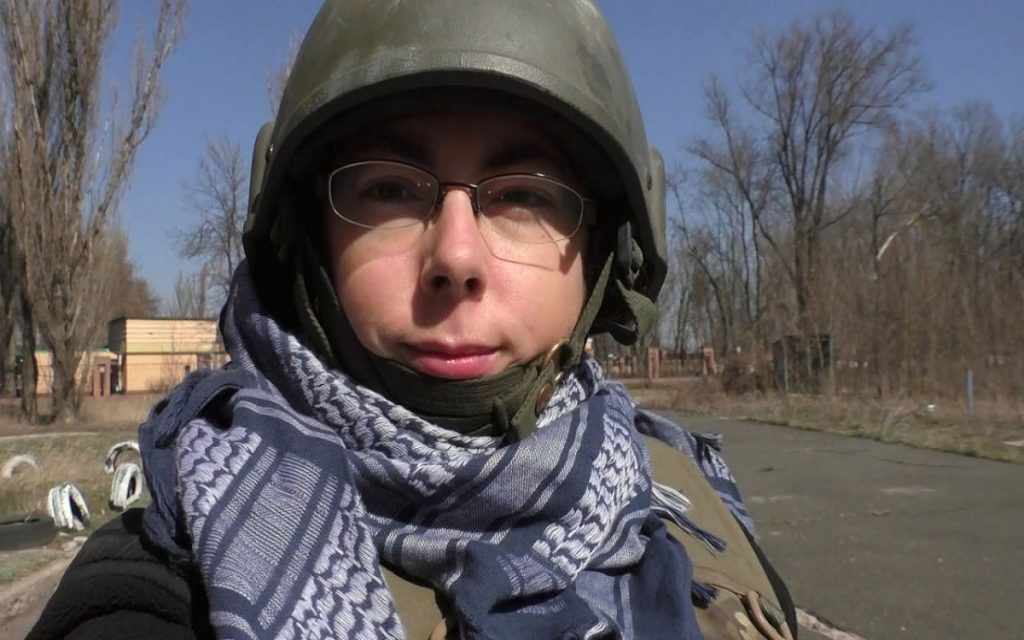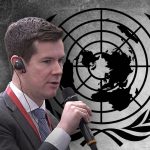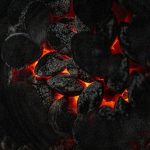The number of deepfakes in the Russian internet segment (Runet) has multiplied since the beginning of 2025. These are fake videos aimed at deliberately misleading citizens and posing a social danger. According to data from the ANO “Dialog Regiony,” 342 unique deepfakes of this type were identified in the Russian segment of the Internet from January through September inclusive. This is 4.1 times more than in the entire year of 2024 (when 84 deepfakes were recorded). Experts from ANO “Dialog Regiony” forecast that the number of deepfakes in 2025 will exceed last year’s figures by five times. Technologies for countering deepfakes will be discussed at the third international forum “Dialog o Feikakh 3.0” (Dialogue on Fakes 3.0), which will be held in Moscow on October 29.
The audience for fake videos is also growing. In the incomplete year of 2025, 5.9 times more copies of deepfakes were detected than in the entire year of 2024 (55,000 in 2025 compared to 9,300 in 2024). The number of views of such content in the current year reached 122.5 million, which is 3.1 times higher than the figures for the whole of 2024.
“Since October 2024, the number of unique deepfakes in Russia has been growing quarterly by approximately 1.5-2 times or more. This is also connected to the qualitative progress of neural networks in video generation,” notes Sergey Maklakov, Head of the Department for Countering Inaccurate Information at ANO “Dialog Regiony.”
An explosive growth in the number of deepfakes in Runet has been recorded since April, and this dynamic continues. In August alone, 77% of the total number of deepfakes for the entire year of 2024 were detected (63 deepfakes). In September, 65 unique deepfakes were identified, setting a historic record. This indicates that further growth in the number of such videos can be expected.
“Most often, the personas in deepfakes (79% of the total) are regional governors and other civil servants,” noted Sergey Maklakov.
The largest number of such fakes (15 unique cases) targeted Vyacheslav Gladkov, the Governor of the Belgorod Region.
Other governors who are “leaders” in the number of deepfakes include: the heads of the Astrakhan and Saratov regions, Igor Babushkin and Roman Busargin (10 recorded deepfakes each); the leaders of the Ulyanovsk and Lipetsk regions, Alexey Russkikh and Igor Artamonov (8 deepfakes each); the governors of the Kaliningrad, Irkutsk, and Nizhny Novgorod regions – Alexey Besprozvannykh, Igor Kobzev, and Gleb Nikitin (7 deepfakes each); and the head of the Republic of Dagestan, Sergey Melikov (6 deepfakes).
Furthermore, a number of deepfakes were created featuring officials from Belarus, although they were distributed to a Russian audience, as well as with famous personalities from the Russian pop industry.
Deepfakes are now indistinguishable in quality for the average person. Often, a fake can only be identified using professional tools, such as the “Zefir” system from ANO “Dialog Regiony.” Currently, creating a deepfake requires a donor video where the speech of the subject is replaced. The next stage in the development of this socially dangerous content is the increased accessibility and quality of diffusion models, where creating a deepfake will no longer require a source video. This will complicate both the fact-checking process and technological detection.
Specialists will discuss which deepfakes are currently most common and how to counter them at the third international forum “Dialog o Feikakh 3.0,” which will take place in Moscow on October 29. The forum’s organizer is ANO “Dialog Regiony.” The forum will bring together over two thousand participants from 80 countries – representatives of government bodies, fact-checkers, media managers, and journalists.
